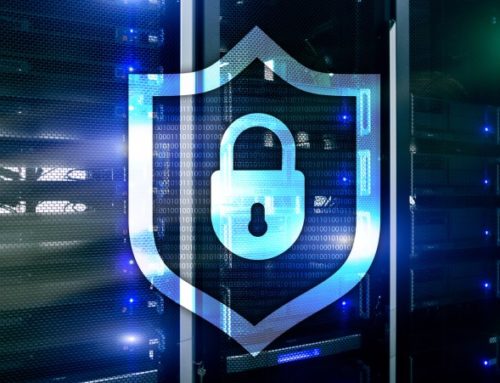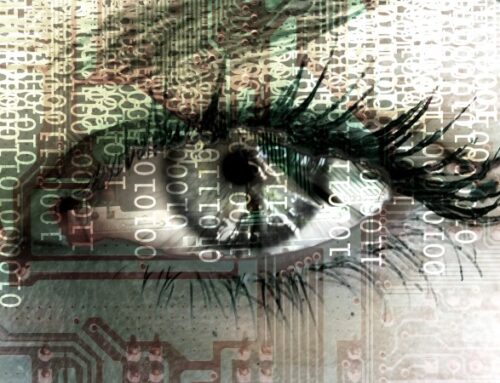Each year, spectacular hacker attacks around the world make headlines and the numbers are rising. But what does the term hacking mean? What are Black-Hat, White-Hat and Grey-Hat hackers? We give answers around the terms and take a look at current cases and numbers.
The Latest Hacking News
Hackers are active in all countries of the world today. The USA, for example, admits that they regularly scan computers all over the world for suspicious or sensitive data.
Most of the attacks originate in China. The latest attacks on a majority of DAX companies were spectacular. Among them were at least eight German companies, which had first in 2019 confirmed that they had been attacked by hackers in recent years. Among others, the giant Siemens and the chemical company Bayer were victims of online espionage. Chinese hackers are suspected to be the source, as lists of names of the companies concerned have been found in China.
Although hardly any sensitive or personal data has leaked, this example shows how serious the danger is for companies.
Government institutions also report regular attacks. In 2018, for example, Russian hackers penetrated the data network of German federal and security authorities. In addition, there were further hacker attacks on the German Bundeswehr (military) and some politicians. For example, e-mails from members of the German Bundestag were attacked.
The Federal Office for Information Security (BSI) is also increasingly reporting hacker attacks. For example, a number of German power grid operators were victims of cyber-attacks.
That means hacking – a definition
“To hack” means to penetrate something. In the field of IT security, hacking means that a security mechanism has been circumvented or a security gap exploited. IT savvy people are referred to as hackers if they intentionally modify software or hardware. As a rule, they search for weak points in systems, change their functions or add new components.
Whether an e-mail program, a coffee machine, smart home environments or company servers, digital devices that can be hacked are very diverse.
Criminal cases are often associated with hacks. However, hackers and developers are often simply looking for fun in changing digital technology. They see it as a challenge to overcome the barriers of computers and technical devices and to find creative solutions.
There are positive cases in which the attackers live a certain hacker ethic and do not want to be seen in a bad light. There are some hacker scenes that help companies or institutions on behalf of the government to test security software and uncover vulnerabilities before a criminal can access it.
However, the boundaries are quickly blurred. Hackers become criminals as soon as they exploit security gaps in other people’s systems, steal data or make unauthorized access to computer networks.
Black-Hat, White-Hat and Grey-Hat
Due to the positive, but also criminal intentions, hackers are divided into three groups. Below you will find an overview of the three groups:
Hacking as a new popular sport?
In fact, the number of hacker groups taking advantage of the extensive possibilities of the Internet is increasing. According to police crime statistics, there were 32,000 cases of cybercrime in 2018 alone. Even higher figures are expected for 2019 as a whole. The scene of virtual attackers thus continues to grow.
In addition, the IHK published in a study that only about 16 percent of attacks are reported. This is due, among other things, to companies that fear damage to their image if they admit that their technical programs and computers are not secure or that even personal data has fallen into the wrong hands. In addition, there are also many cases that users themselves do not even notice. After all, it is usually the attacker’s goal to work in secret. The number of unreported digital criminal cases is therefore very high.
The rising numbers are also due to the increasing number of instructions circulating on the net, not least due to our social media. In the future, private individuals, companies and state institutions will have to continue to arm themselves against increased cyber-attacks and concentrate more on IT security.
How to protect yourself from cyber-attacks and their consequences
Basically, it makes sense to take several security measures. These include the use of a firewall as well as different and secure passwords with two-factor authentication. You should also make sure that your antivirus software is always up-to-date and that you set up encrypted data storage.
To protect yourself from the consequences in the long run, your backups should also be encrypted. It also makes sense to change them regularly, keep them unchangeable and keep them away from your computer at all times.
A simple and secure solution is to synchronize important files in the TeamDrive cloud. There the files are unchangeably backed up and can be easily restored in the event of a hacker attack or a ransomware infection as part of the cloud backup.




